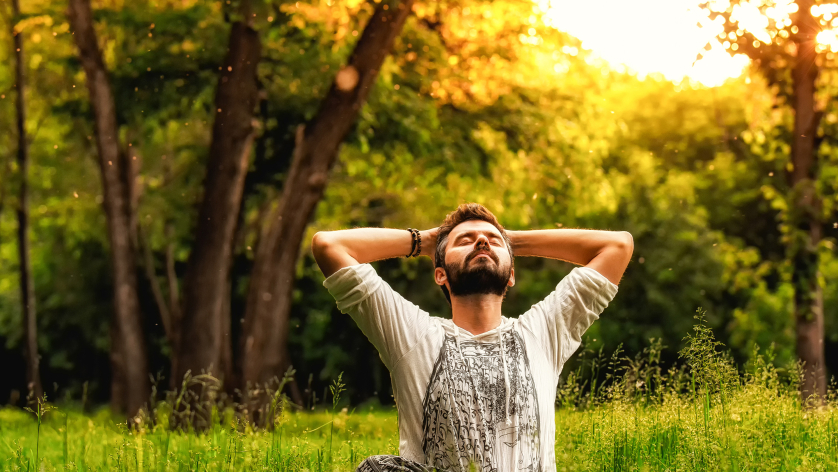“Journey to Wellness” is a new 20-page prescription for well-being created in part by a Rutgers wellness expert
Wellness is big business, and every year millions of people commit to living happier, healthier lives. But for people with substance use and mental health disorders, the concept of wellness isn’t a typical part of recovery.
Margaret Swarbrick, professor and associate director of the Rutgers Center of Alcohol and Substance Use Studies, is working to change that. Her latest contribution, “Journey to Wellness,” is an easy-to-use 20-page guide co-created with people in recovery.
“Typically, people with mental health and substance use challenges are not involved in creating the interventions and tools that can support their recovery,” Swarbrick said. “Journey to Wellness was developed in response to this identified need.”
Many recovery programs are built around steps: Do this first for a prescribed amount of time, then proceed. Swarbrick said she wanted to make something that was more relatable and individual.
“A lot of what’s available to people in recovery is just so boring – impractical advice written by people with no lived experience,” she said. “That’s what makes Journey to Wellness so powerful.”
The guide was developed based on the lived experience of what people said had helped them to pursue and maintain recovery. The guide is organized into four sections and prioritizes taking positive action. For example, human connections are crucial to recovery; the guide’s first tip is to connect with at least one person every day who supports your wellness.
“You can connect by talking to a friend, neighbor, or co-worker, by smiling at a stranger, or through a heart-to-heart conversation with someone you care about,” the guide suggests.
Another recommendation: Unplug. “This means taking a small break, even a minute or less, to relax. Literally unplug from technology, activities or whatever is happening around you. Taking a few moments for a few deep breaths, closing your eyes or looking out a window can help you disconnect if stress is building.”
Sleep is the third tip. The fourth? Do good – for yourself and others.
These concepts might seem obvious, but for people in recovery, self-healing strategies are easy to overlook, said Swarbrick.
Journey to Wellness was created using a co-production strategy – a process of research, service design and educational materials development where people with lived experience of mental health and/or substance use challenges share decision-making power throughout all stages of the process. The concepts are based on a wellness approach Swarbrick has been developing for decades called the Wellness Model. The process of creating and piloting the guide is detailed in a recent paper published in the Journal of Psychosocial Nursing and Mental Health Services.
The guide has been downloaded thousands of times since it was published, and the potential audience is exponentially larger, said Swarbrick. In 2020, more than 40 million Americans were living with a substance use disorder and 21 percent of adults – about 53 million people – were classified as having a mental illness, according to the Substance Abuse and Mental Health Services Administration. Since then, stress and substance use have increased, attributed in part to the COVID-19 pandemic and its aftermath.
“There’s no perfect formula for wellness, but there are things that everyone can do each day to create their own self-care prescription,” Swarbrick said.
Date: April 26, 2023
Media Contact: Megan Schumann, megan.schumann@rutgers.edu

